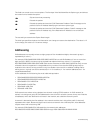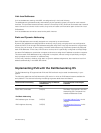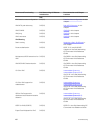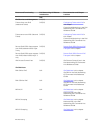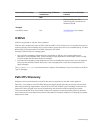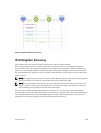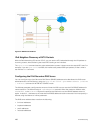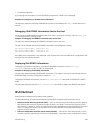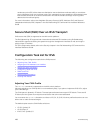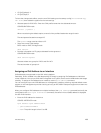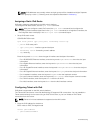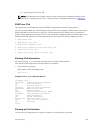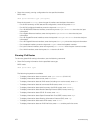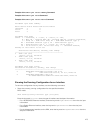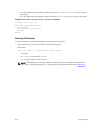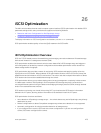
rendezvous point (RP) of the share tree distribution tree to distribute multicast traffic to a multicast
group. Messages to join the multicast group (Join messages) are sent towards the RP and data is sent
from senders to the RP so receivers can discover who are the senders and begin receiving traffic
destined to the multicast group.
For more information, refer to the Neighbor Discovery Protocol (NDP), Multicast IPv6, and Protocol
Independent Multicast (IPv6) chapters in the Dell Networking OS Command Line Interface Reference
Guide.
Secure Shell (SSH) Over an IPv6 Transport
IPv6 secure shell (SSH) is supported on the MXL switch platform.
The Dell Networking OS supports both inbound and outbound SSH sessions using IPv6 addressing.
Inbound SSH supports accessing the system through the management interface as well as through a
physical Layer 3 interface.
For SSH configuration details, refer to the Security chapter in the Dell Networking OS Command Line
Interface Reference Guide.
Configuration Task List for IPv6
The following are configuration tasks for the IPv6 protocol.
• Adjusting Your CAM-Profile
• Assigning an IPv6 Address to an Interface
• Assigning a Static IPv6 Route
• Configuring Telnet with IPv6
• SNMP over IPv6
• Showing IPv6 Information
• Clearing IPv6 Routes
Adjusting Your CAM-Profile
The cam-acl command is supported on the MXL switch platform.
Although adjusting your CAM-profile is not a mandatory step, if you plan to implement IPv6 ACLs, adjust
your CAM settings.
The CAM space is allotted in FP blocks. The total space allocated must equal 13 FP blocks. There are 16
FP blocks, but the System Flow requires three blocks that cannot be reallocated.
You must enter the ipv6acl allocation as a factor of 2 (2, 4, 6, 8, 10). All other profile allocations can use
either even or odd-numbered ranges.
The default option sets the CAM Profile as follows:
• L3 ACL (ipv4acl): 6
• L2 ACL(l2acl): 5
• IPv6 L3 ACL (ipv6acl): 0
468
IPv6 Addressing



